






of







of







of





















The Giyasli Mosque was built in Giyasli village of the Aghdam district of Azerbaijan in the eighteenth century during the Karabakh khanate. It takes its name from the village that it is located. It is considered that when it was constructed the Giyasli Mosque had two minarets, which was an architectural feature of that period of Karabakh. The resemblance with the mosques in Shusha and Aghdam cities confirm this assumption. “The large central arch element of the 18th century, as in other similar mosques, is specific to the Giyasli Mosque”.[1] The Mosque was registered as an architectural monument of local significance by the decision of the Cabinet of Ministers of the Republic of Azerbaijan dated August 2, 2001.
During the occupation of Aghdam by the Armenian Armed Forces in 1993, the mosque was set on fir by machine gun and burnt down. Shreds of evidence show that, later on, Armenians kept cattle and pigs in the Giyasli Mosque. Regarding this famous photographer, Reza Deghati writes that “The vandalism of cultural, spiritual and religious heritage is ununderstandable and unacceptable. I’ve witnessed it across different conflicts. These past few days, in Karabakh, I saw cemeteries sacked, houses burned, and mosques turned into barns… Before leaving the district the occupant took what they could and burned the mosque”.[2]
[1] “Victory of Azerbaijani Army put an end to Armenian savage: What do I see in Aghdam”, Apa, 22 December 2020. https://apa.az/en/nagorno_karabakh/Victory-of-Azerbaijani-Army-put-an-end-to-Armenian-savage-What-do-I-see-in-Aghdam-colorredREPORTAGE-color-colorredPHOTOcolor-338520.
[2] “Armenians burned mosques before leaving Aghdam”, Defence.Az, 30 November 2020. http://defence.az/az/news/149264/armenians-burned-mosques-before-leaving-aghdam-photos.
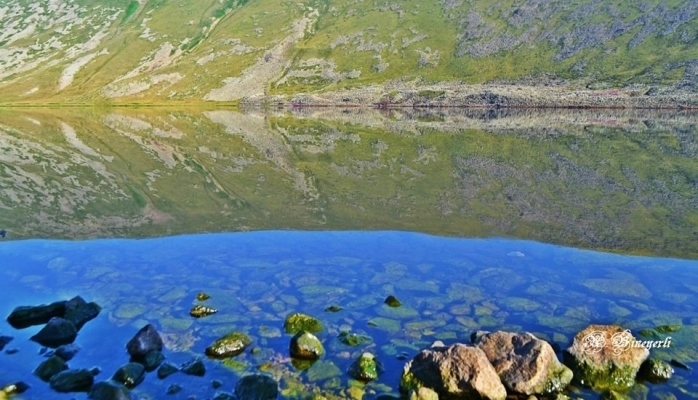
Qaragol Interrepublics State Reserve was set up with the decision of the Council of Ministers dated November17, 1987. Garagol State …

The idea of establishing Aghdam Bread Museum, which is considered to be the second in the world after the Zurich …
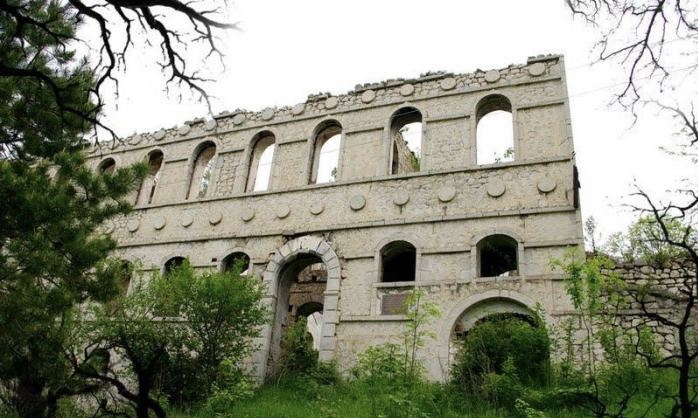
The Khurshudbanu Natavan’s House is a historical and architectural monument of the 18th century located in the city of Shusha. …

Museum Mausoleum Complex of Molla Panah Vagif is located in Shusha, Azerbaijan. It was built in honor of Molla Panah …
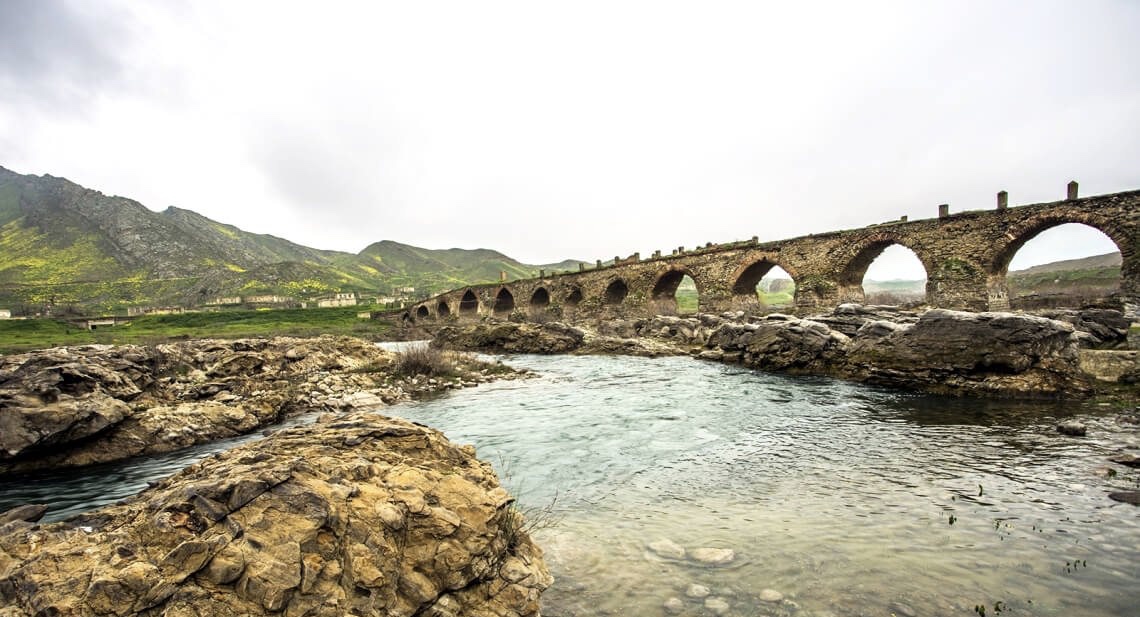
The Bridge belongs to the Arran architecture school. The first written source that mentioned the 15-arched Khudafarin Bridge belongs to …
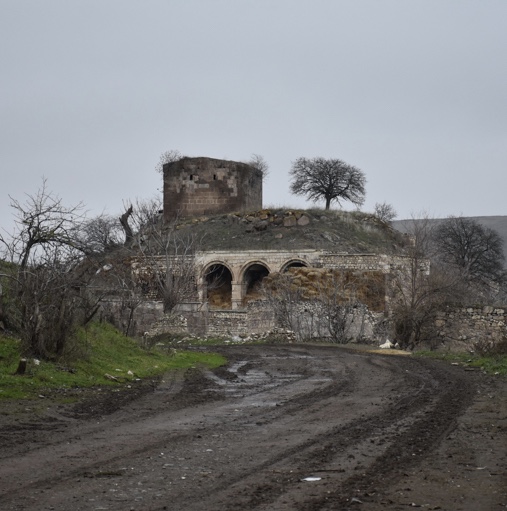
Garghabazar Caravanserai was built in 1681 at the hillside, in the center of Garghabazar village of Fuzuli district, 8 km …
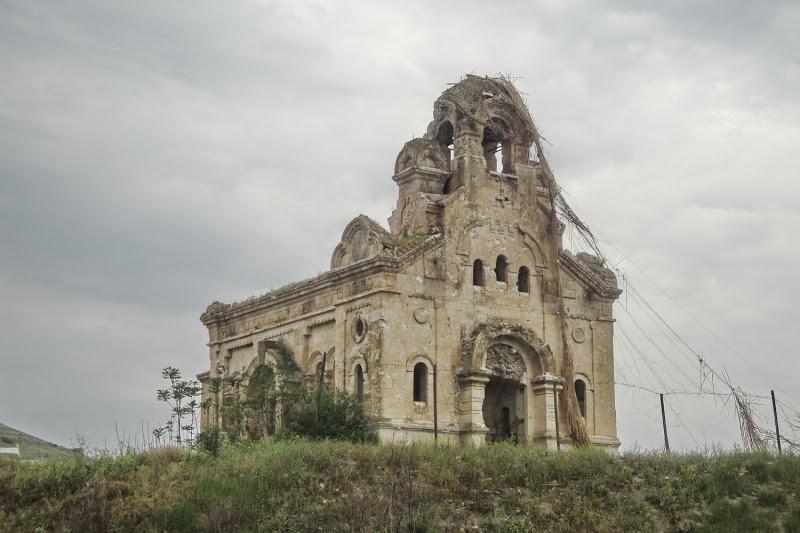
Armenia’s vandalism in Nagorno-Karabakh and seven surrounding regions affected not only the historical, cultural, and religious heritage of Islam but …

Jabrayil History-Ethnography Museum has been operating since 1953. Archaeological and ethnographic materials belonging to the history of the region, textiles, …

Khudavang, or Dedeveng, Monastery Complex is located in the Vang village of Kalbajar District, on the left bank of Tartar …

“The 19th century Aghdam Juma Mosque is perhaps the only structure that has withstood the years of neglect since the …